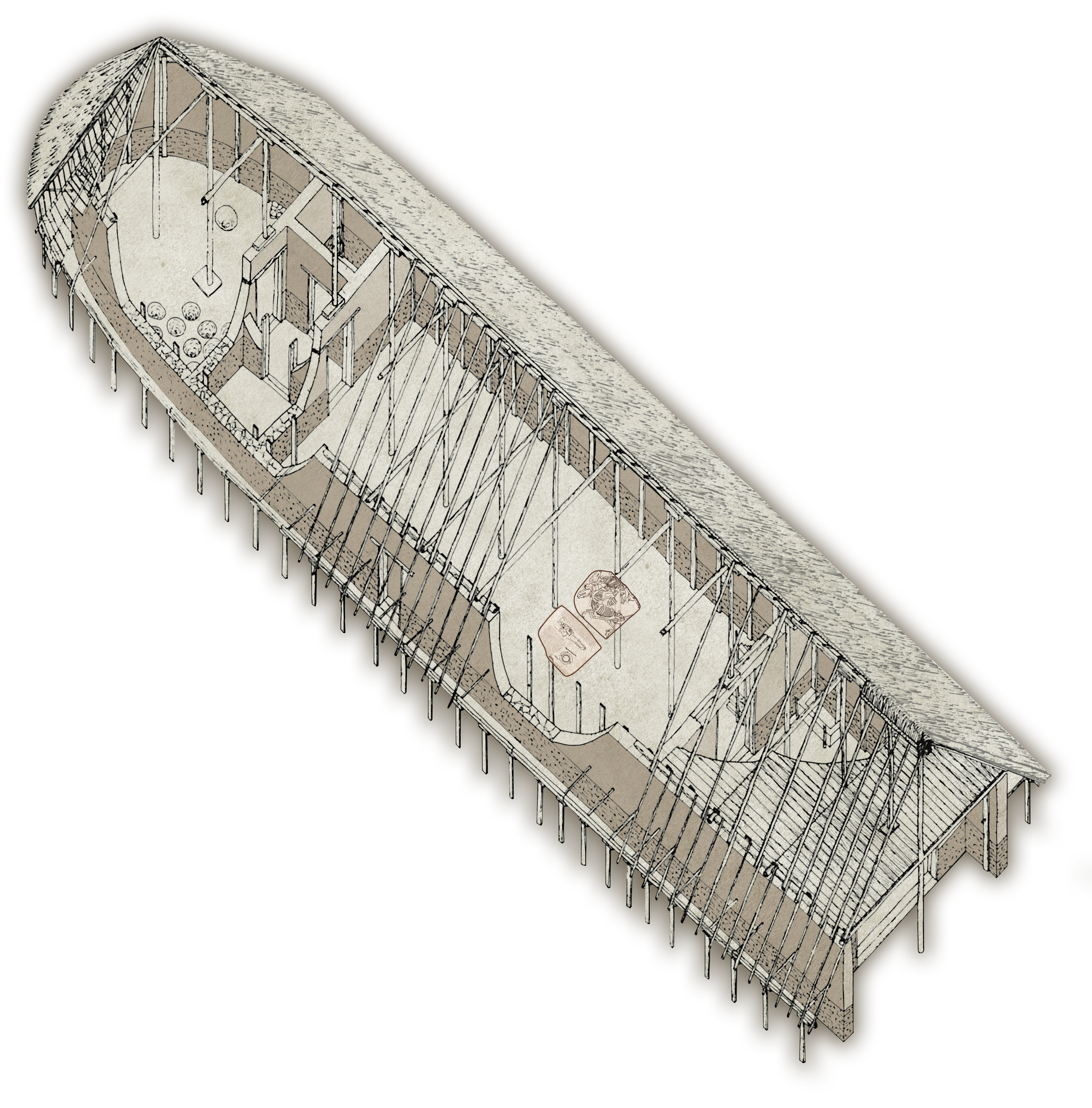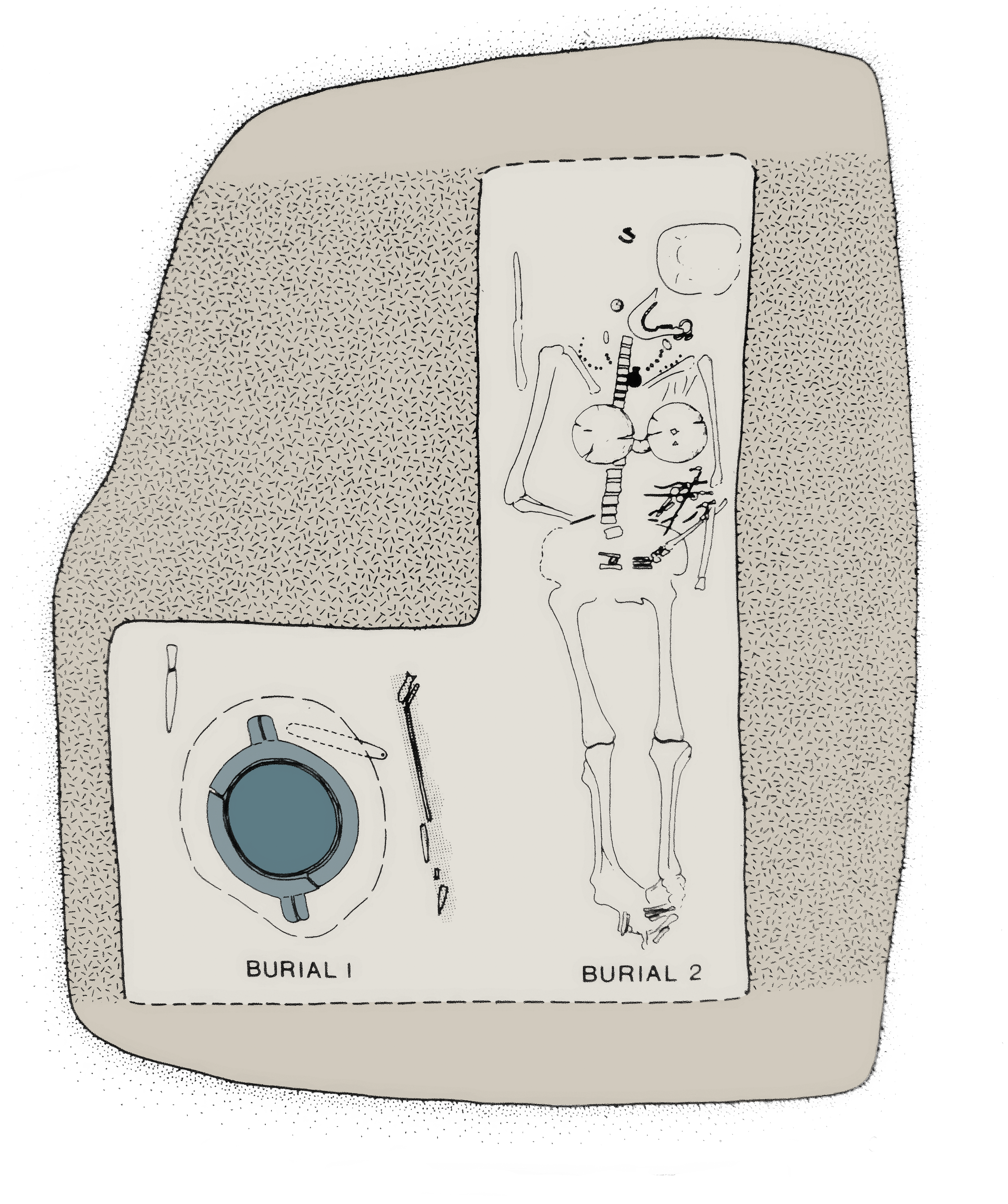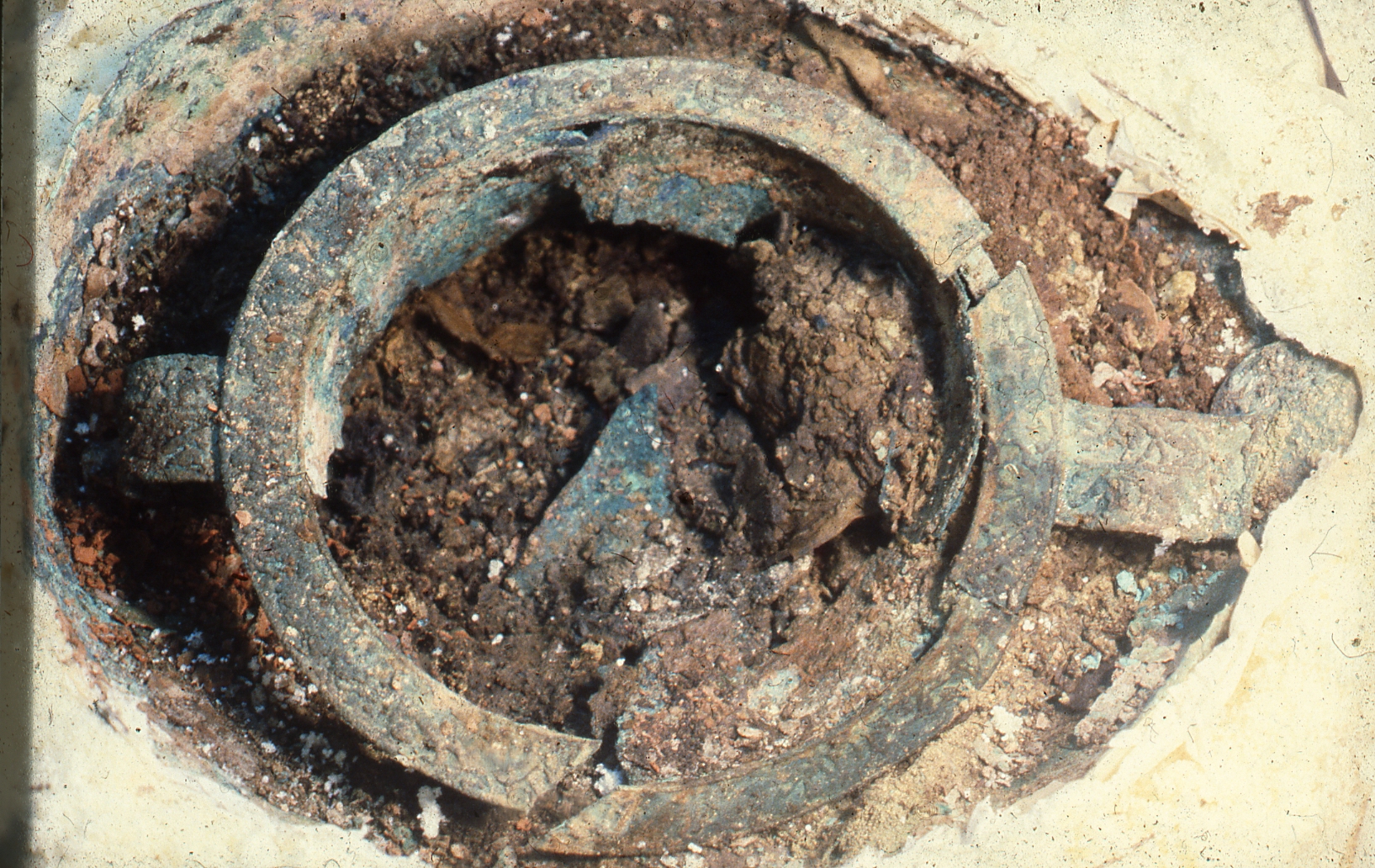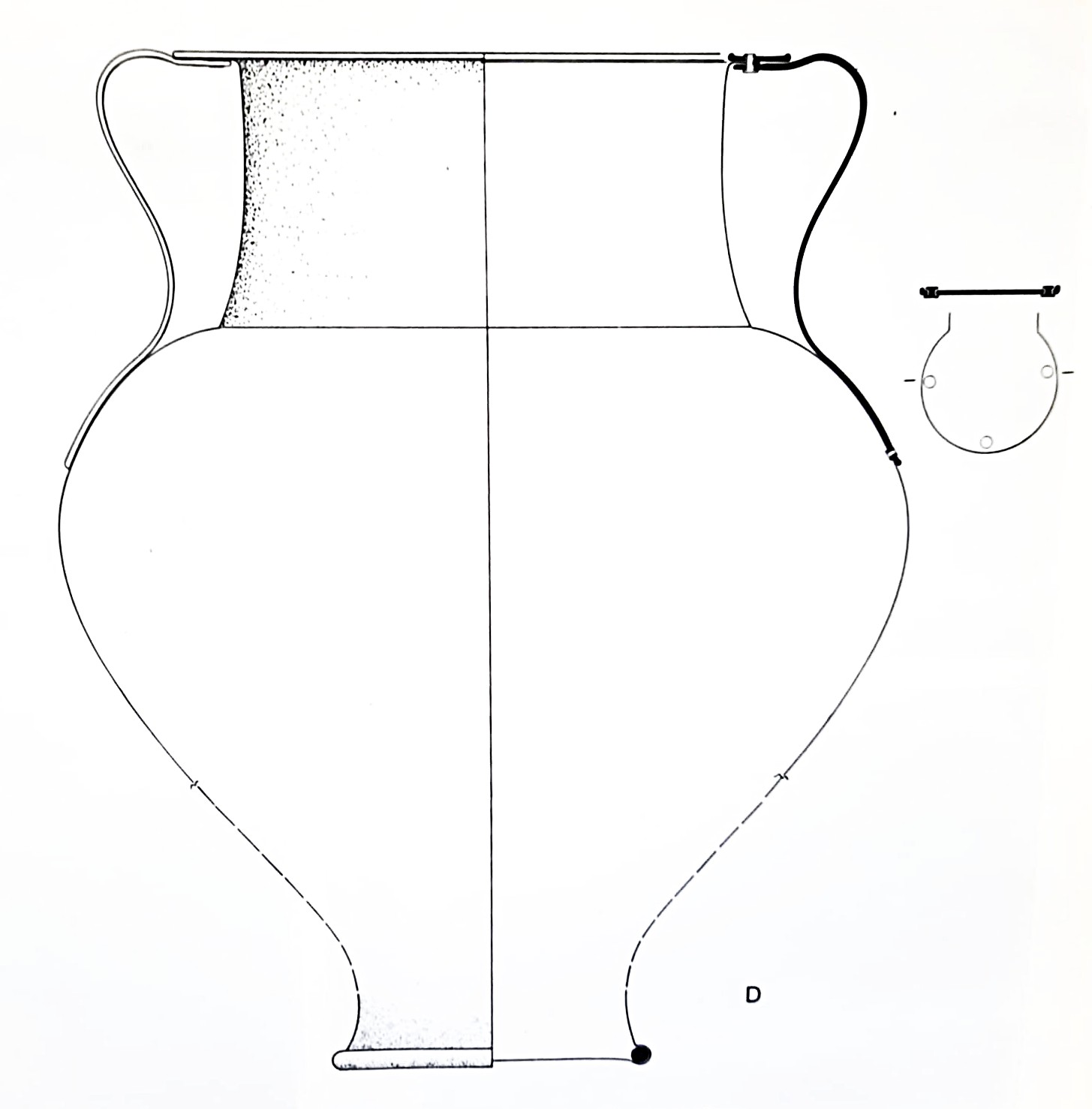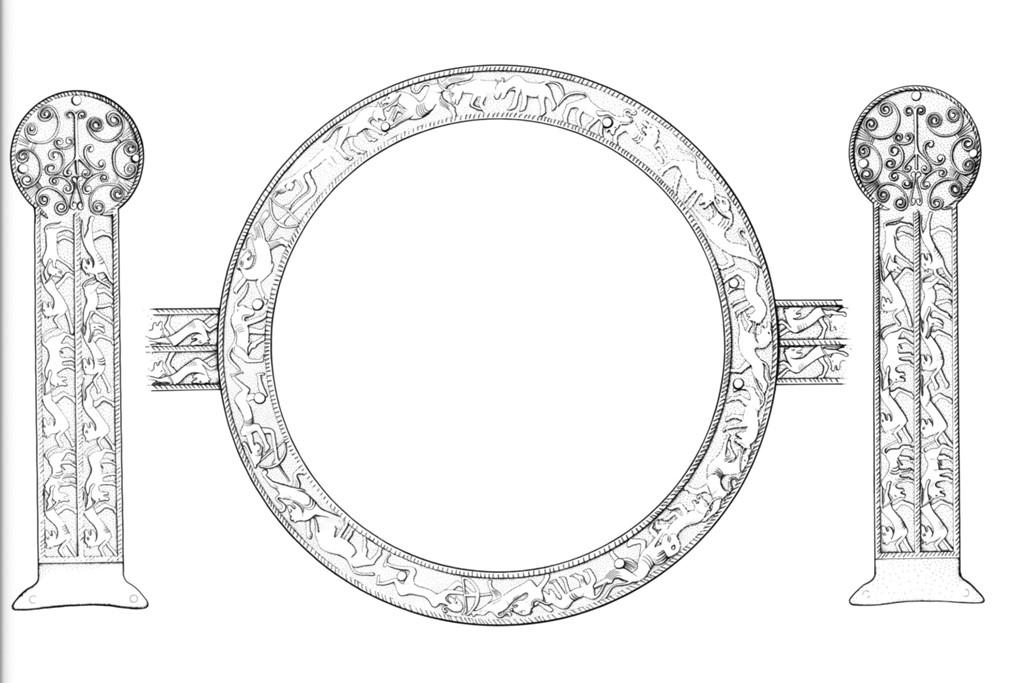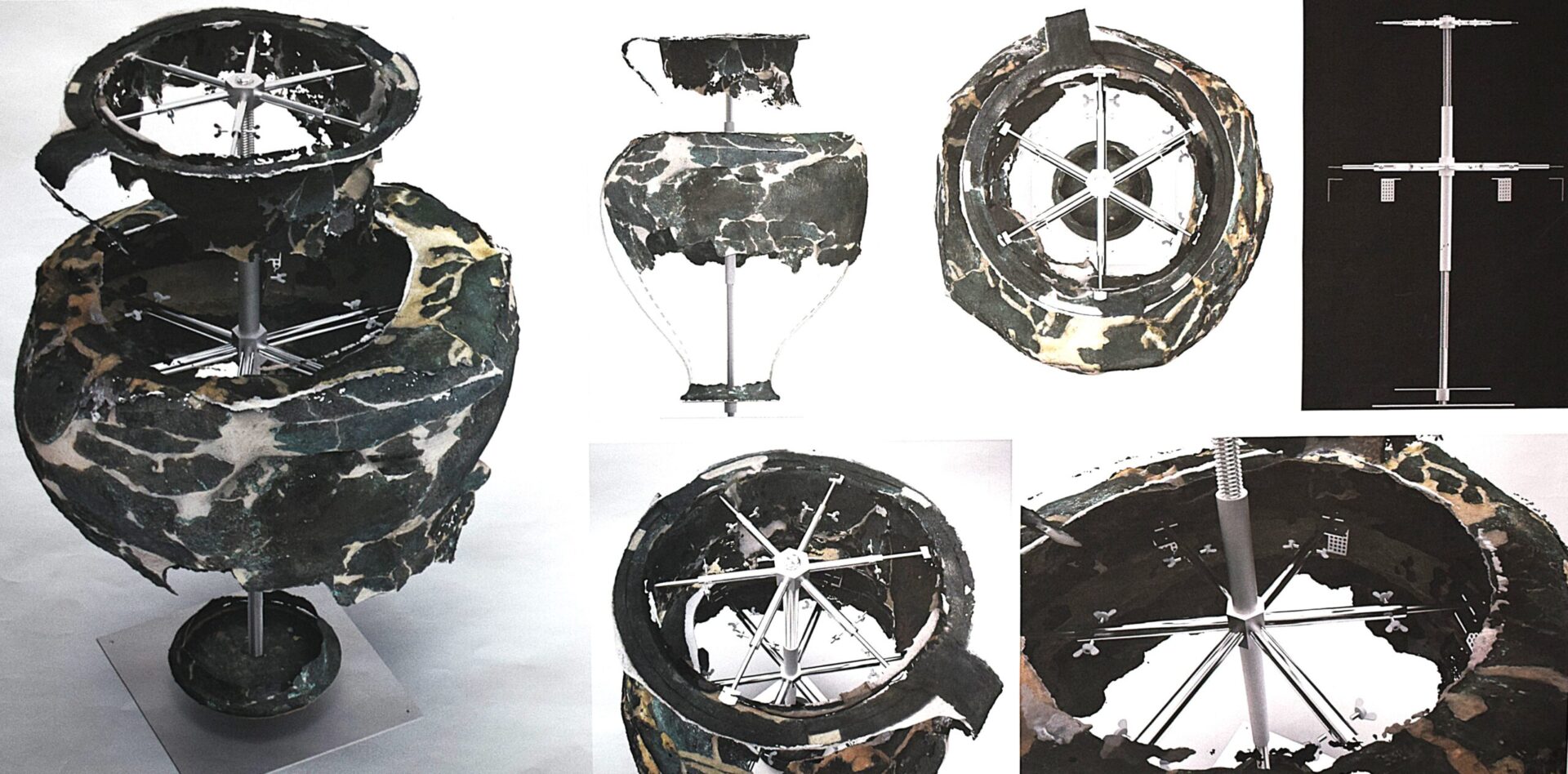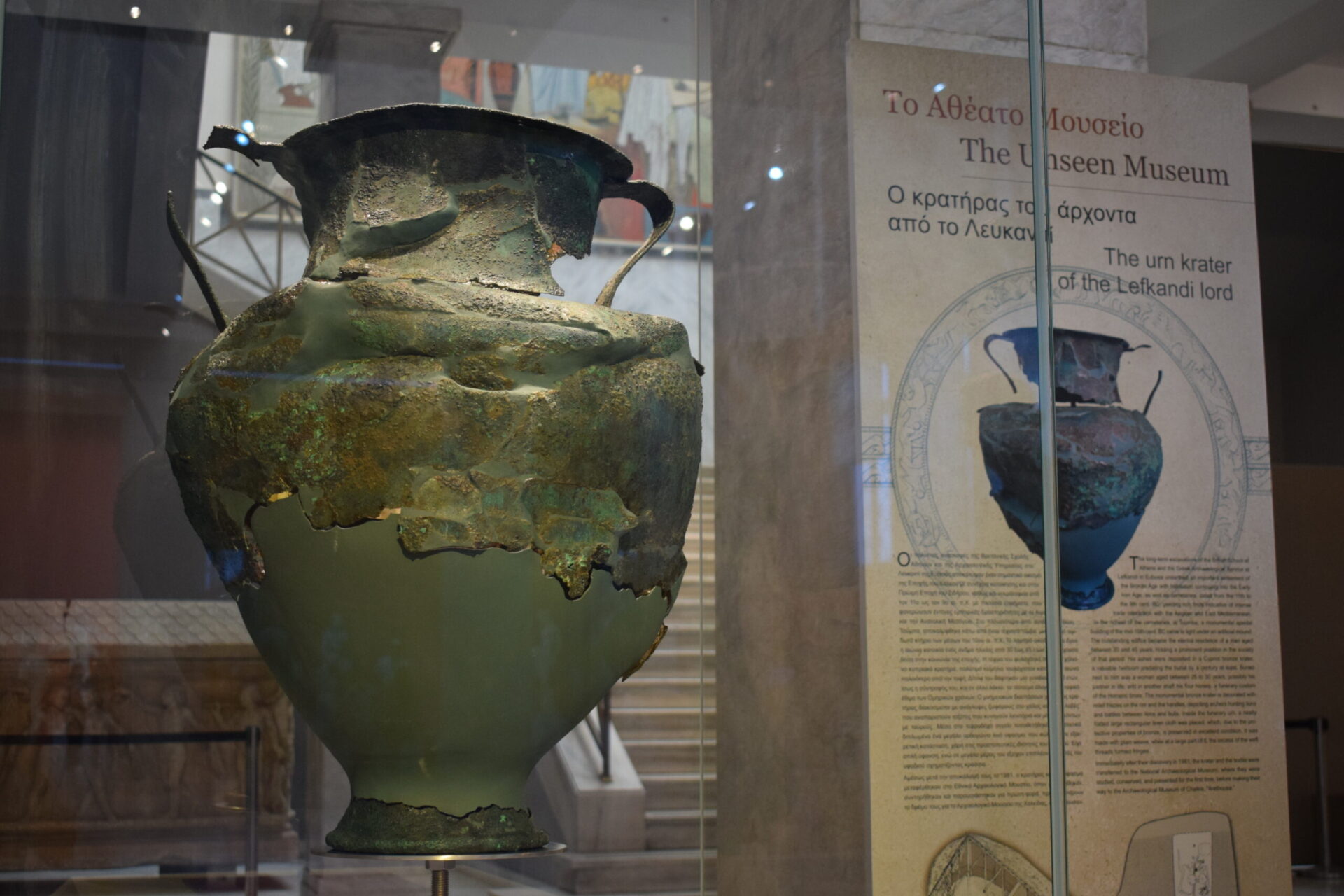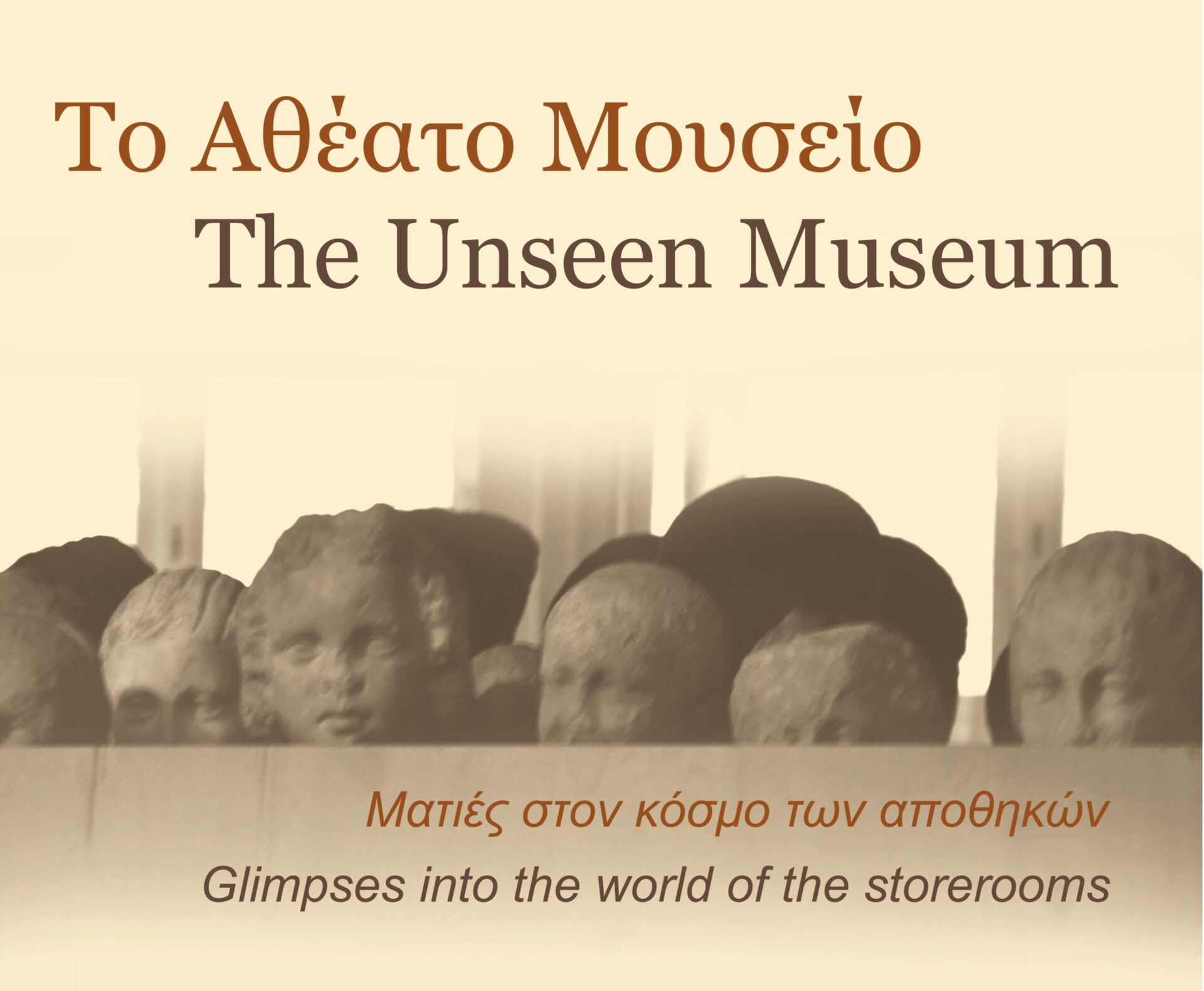Unseen Museum
“The urn krater of the Lefkandi lord”
The Unseen Museum is the well-known exhibition project of the Hellenic National Archaeological Museum that brings to the fore antiquities stored in its vaults, away from the visitor’s eyes.
The Unseen Museum presents the “urn krater of the Lefkandi lord”. This is one of the largest bronze vessels of the ancient world, which was crafted in Cyprus around 1100 BCE and was last used as a cremation urn in one of the most emblematic burials of the Iron Age. The “krater of the lord” was discovered buried in the middle of a monumental 10th-century BCE building in Lefkandi, Euboea, in 1981. It contained the cremated bones of a man, along with one of the largest surviving fabrics of antiquity. In the same grave, the deceased’s weapons and the skeletal remains of a young woman with precious jewelry were found. In a nearby pit, four young horses had been sacrificed, a practice reminiscent of the Homeric burial of a hero.
The great bronze krater, which had been crushed and shattered into hundreds of small pieces, was transported to the National Archaeological Museum. It was conserved, studied, and reassembled thanks to the painstaking work of three successive generations of conservators: the late Ch. Chatziliou, T. Magnisalis, and I. Damigos between 1983-1984, as well as G. Karamargiou, G. Makris, P. Feleris, and M. Kontaki from 2022 to 2025.
“The krater of the Lefkandi lord” is being presented for the first time in the Altar Hall (Hall 34) from Wednesday, June 11 to Monday, September 1, 2025, before it is permanently transferred to the Archaeological Museum of Chalkida, “Arethousa.”


